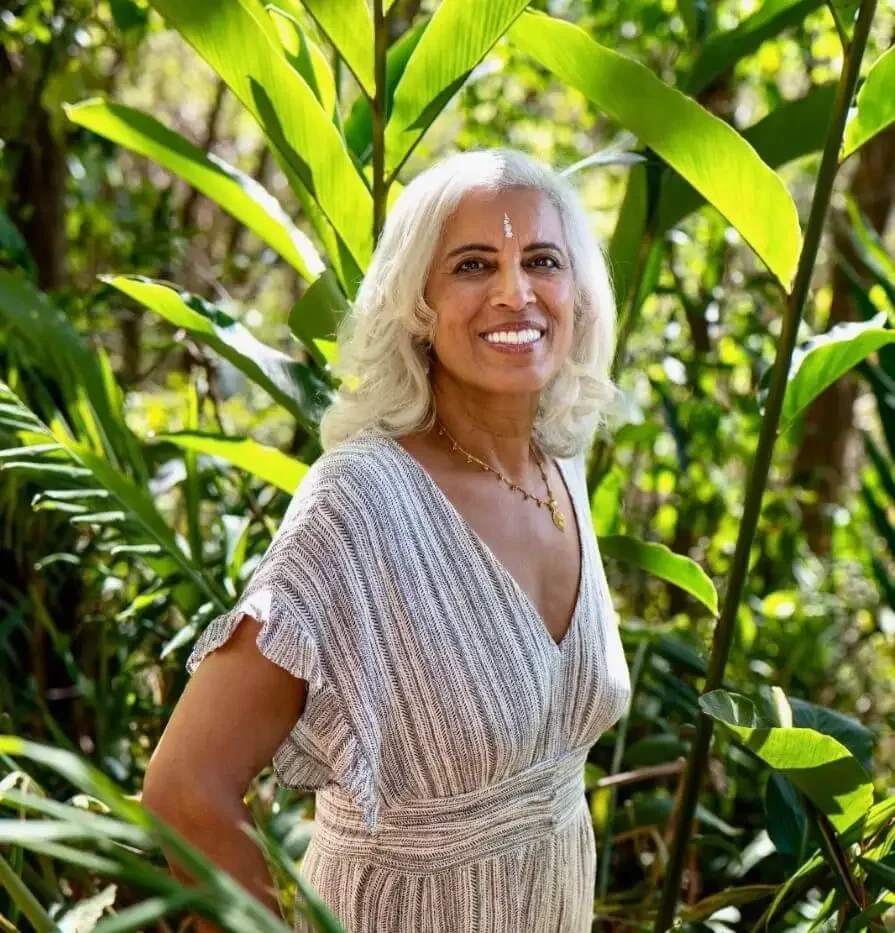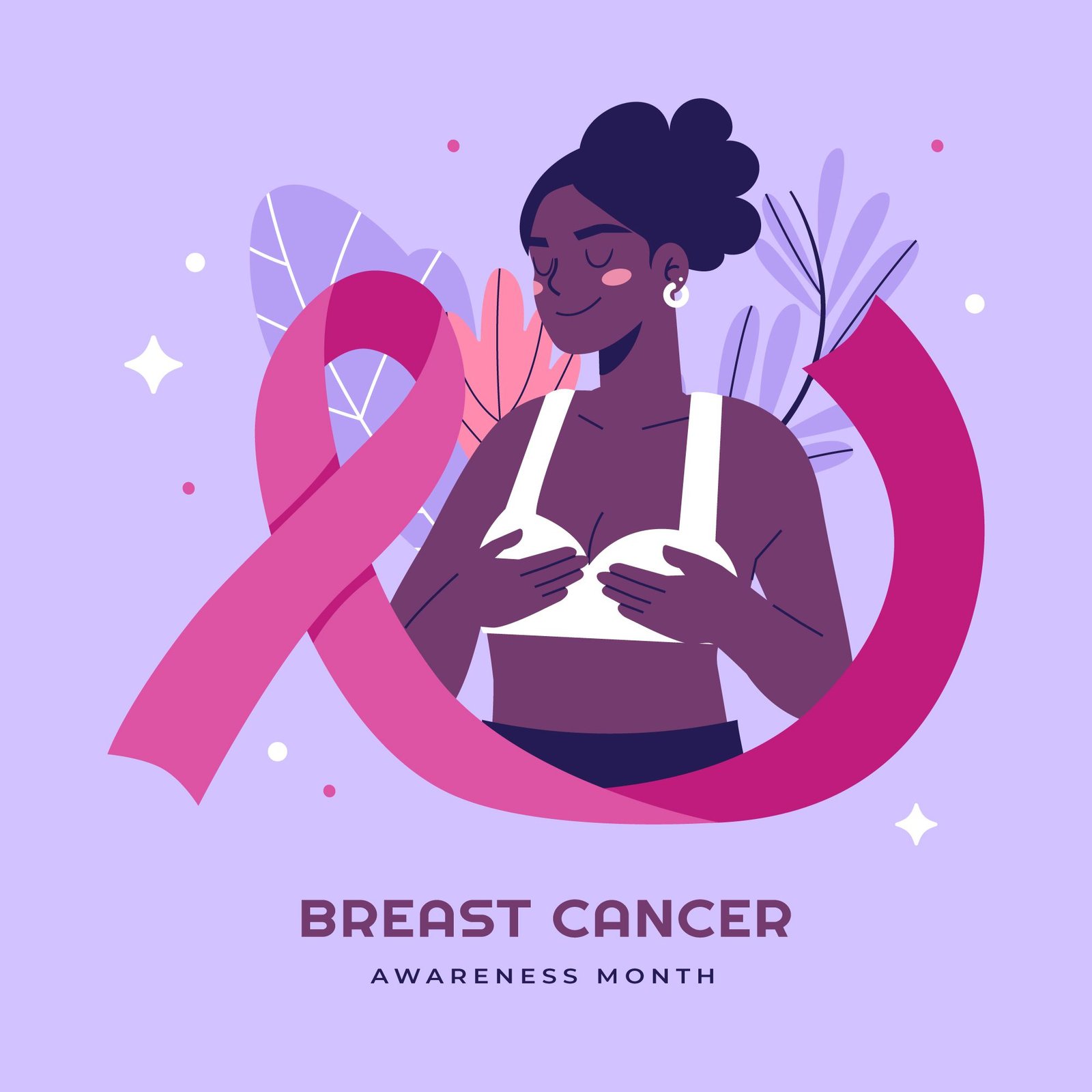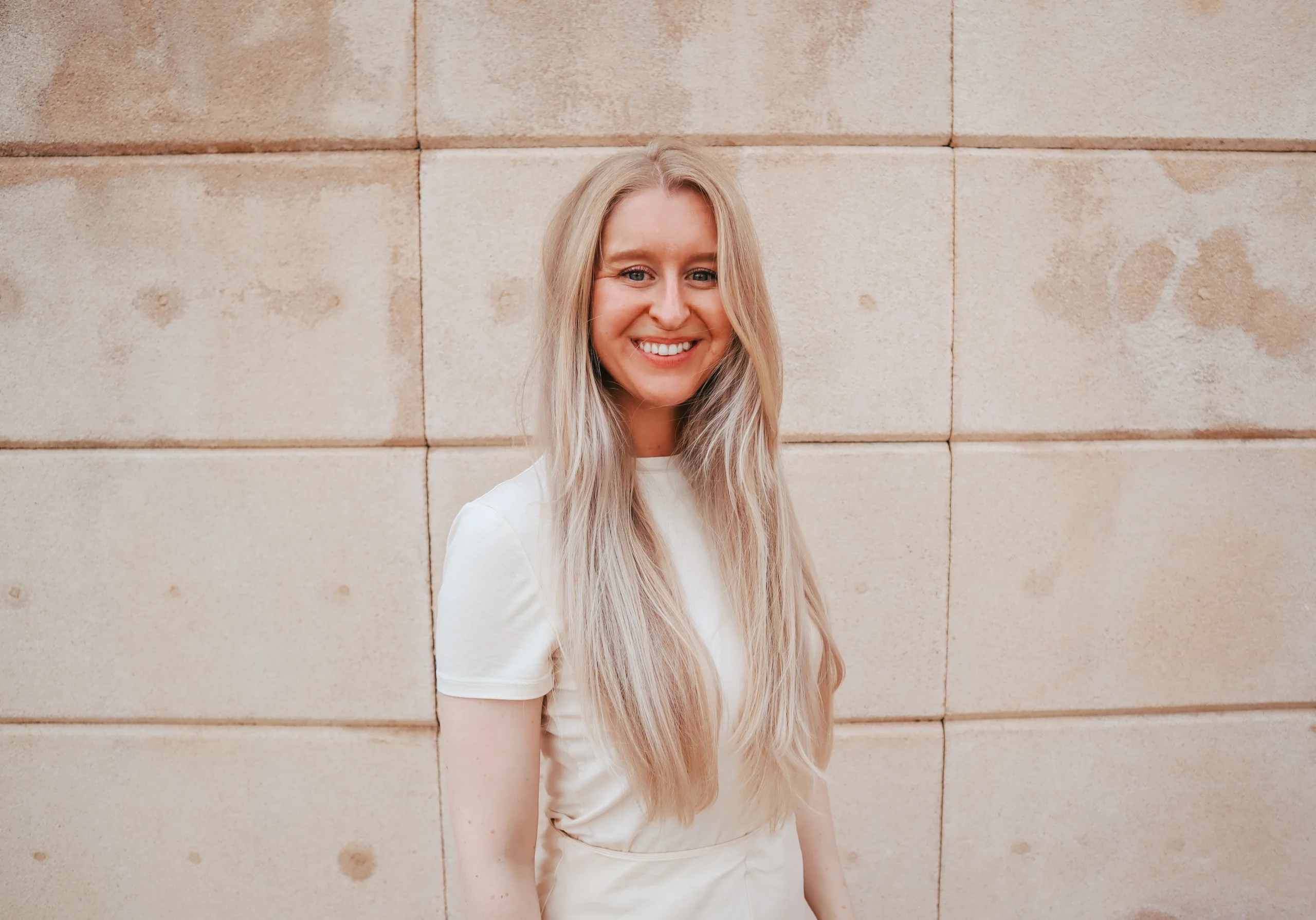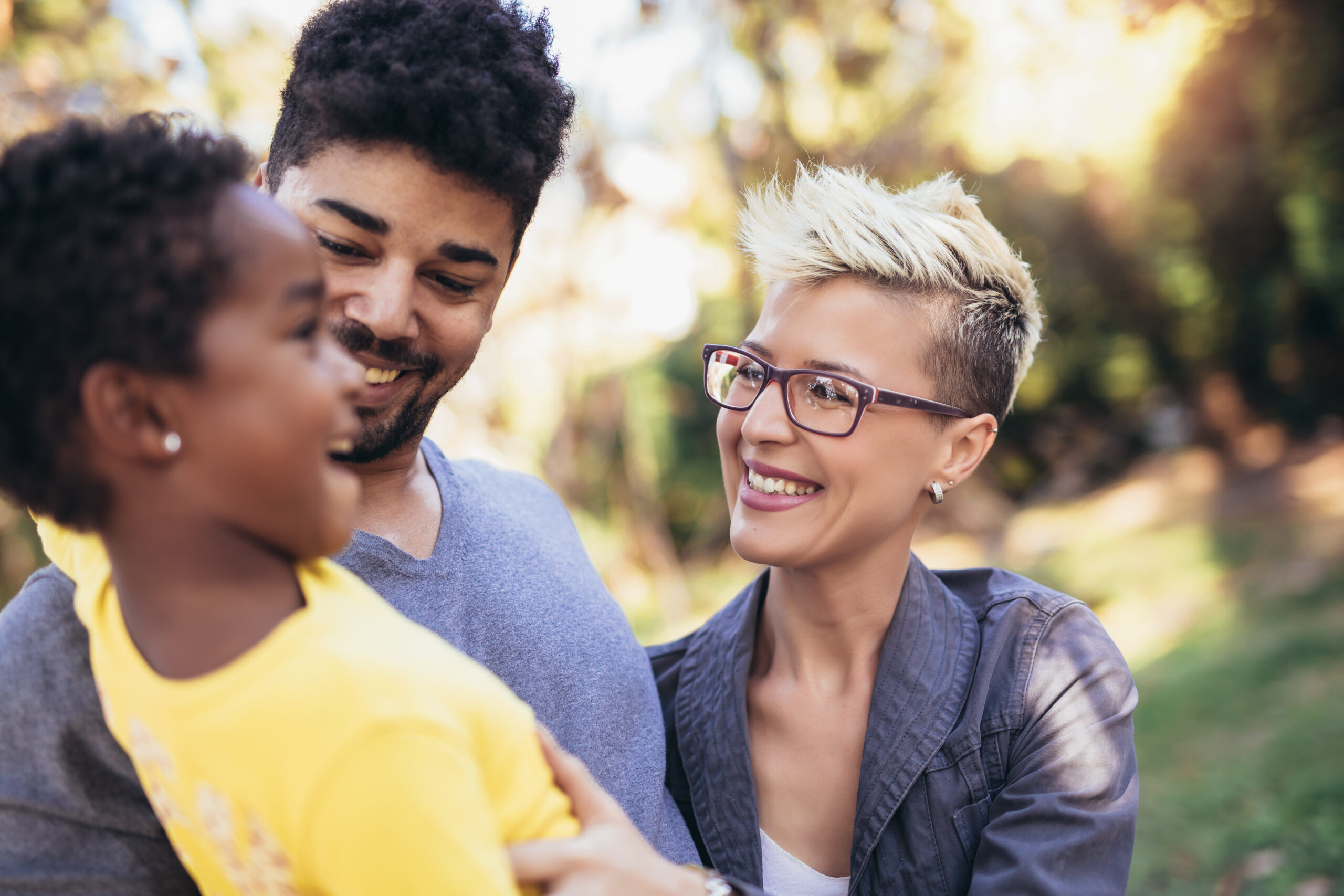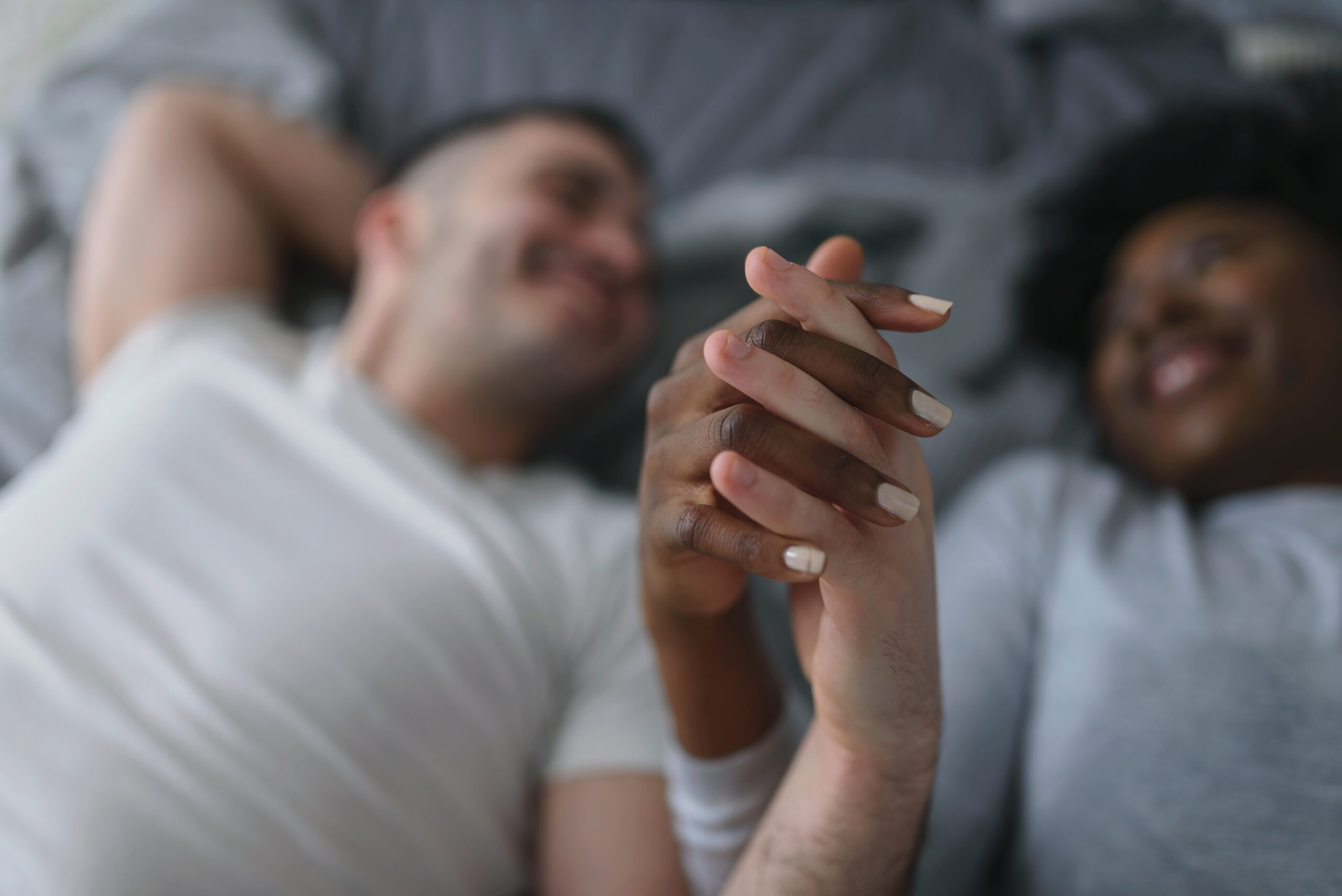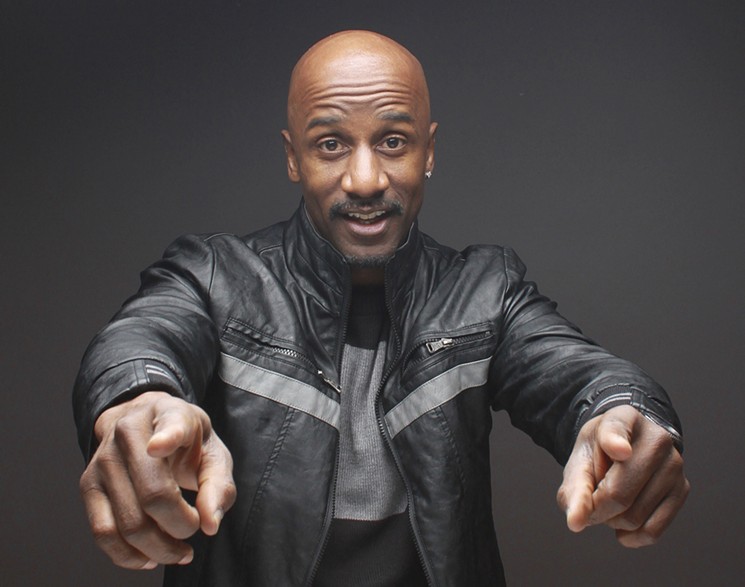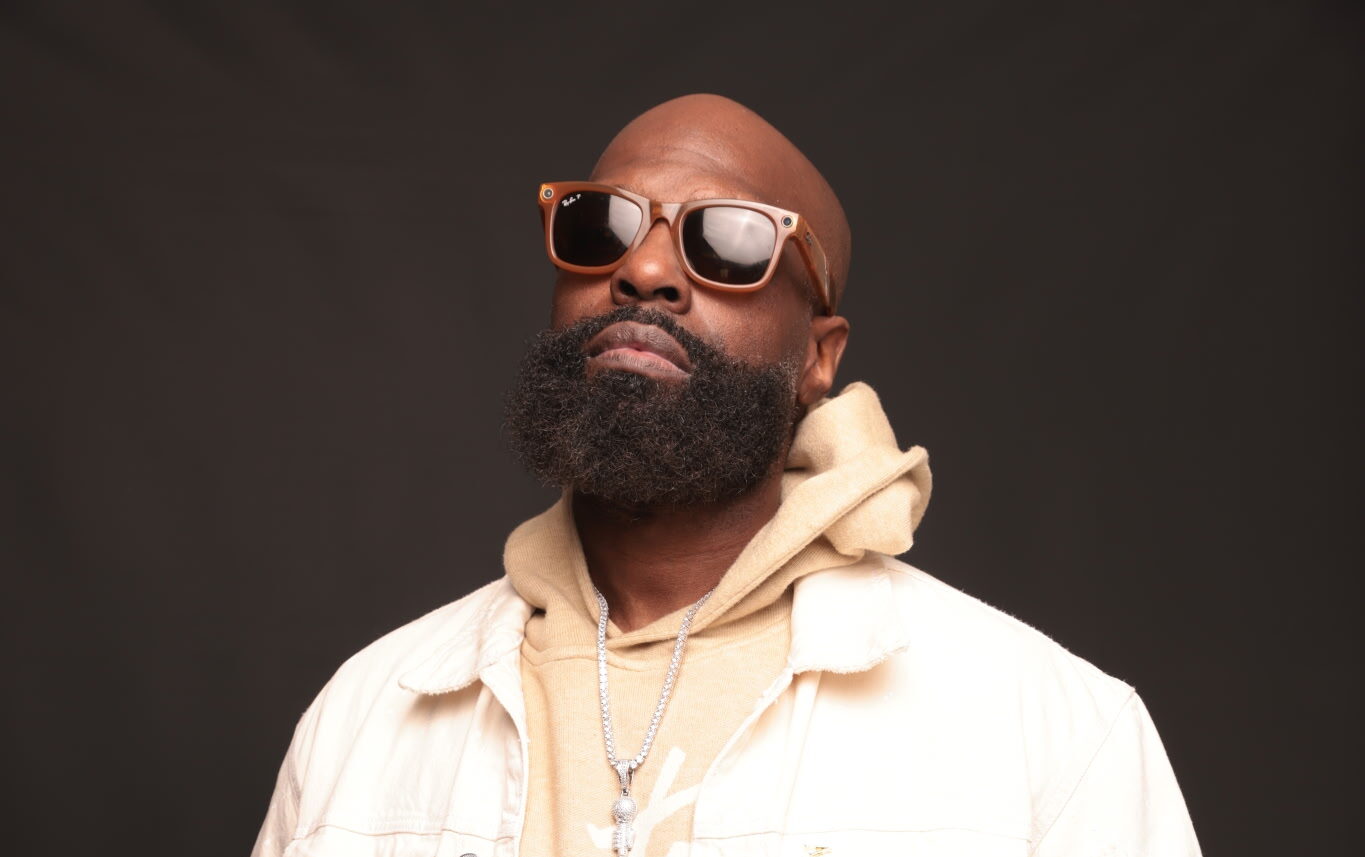Breaking Barriers: The Complex Realities of Mixed-Couple Relationships in Today’s Society
Celebrated as a symbol of unity, mixed-race couples still navigate complex challenges and societal reactions that test the limits of progress and acceptance
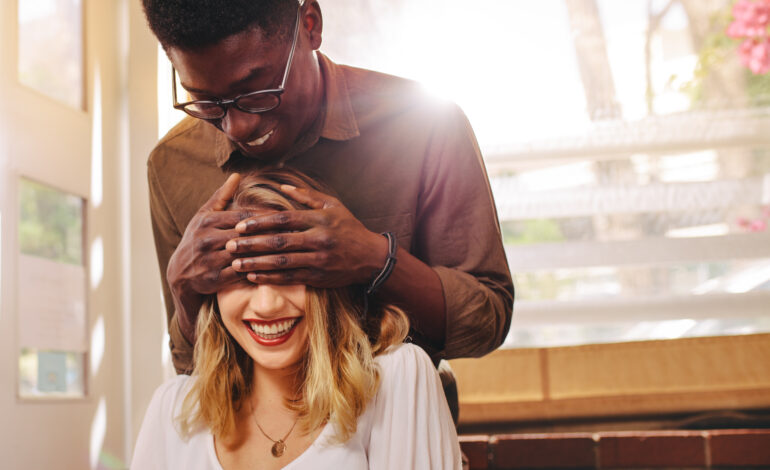
- PublishedMay 1, 2025
In a world that prides itself on progress and inclusivity, the idea of mixed-race couples is often celebrated as a symbol of unity and diversity. Yet, despite the strides we’ve made in fostering acceptance, the reality of being in a mixed-race relationship comes with its own set of complexities, challenges, and societal reactions.
What does it really mean to be in a mixed-couple relationship today? Is it truly as progressive as it’s often portrayed, or is it a battleground of unspoken prejudices, cultural misunderstandings, and even outright hostility? In this piece, we will dive into the layers of what it means to be part of a mixed couple in today’s society, examine the benefits and challenges, and explore why, even in 2025, fear and resistance still linger around interracial relationships.
The Benefits: A Beautiful Tapestry of Cultures
For many, being in a mixed-couple relationship offers an enriching experience, one that exposes both partners to a rich blend of cultures, values, and traditions. As cultural exchange becomes a core part of the experience, mixed couples often find themselves participating in and celebrating unique traditions from both their ethnic backgrounds. Whether it’s blending holiday celebrations, learning different languages, or gaining a deeper understanding of each other’s cultural norms, these relationships create a dynamic and diverse foundation for building a family.
Beyond the traditions, mixed couples also have the opportunity to foster a deeper empathy for one another. This mutual understanding of the nuances and struggles that come with identity, race, and heritage often leads to stronger relationships built on respect, communication, and shared goals. Cultural diversity, when approached with openness, can be a bonding experience, offering partners the chance to grow individually and together.
In a world that is becoming increasingly interconnected, mixed couples have the potential to be a living testament to the beauty of globalization. Their relationships challenge the traditional boundaries that have kept races, cultures, and identities separated, showing that love is not confined by color or heritage. In short, they can be seen as a representation of how far we’ve come in terms of breaking down barriers—at least, ideally.
The Challenges: Navigating Society’s Prejudices
Despite the benefits and potential for deep, transformative love, the reality of being in a mixed-race relationship today is far from ideal. While we may have made strides in embracing diversity, racial prejudices still exist—often in subtle but impactful ways.
One of the most common challenges faced by mixed couples is societal judgment. These couples may find themselves subject to the uncomfortable gaze of onlookers, comments from strangers, or even disapproval from family and friends. In more conservative communities, interracial relationships can still be viewed with suspicion, especially if one partner belongs to a historically marginalized group. For many mixed couples, these external pressures can be exhausting, often leading to feelings of isolation or frustration.
Beyond external judgment, mixed-race couples can also face internal struggles that stem from their own identities. For instance, a person of color in a mixed relationship may find themselves constantly balancing their cultural identity with their partner’s—sometimes feeling torn between wanting to honor their heritage and adapting to the cultural norms of their partner. This tug-of-war can lead to moments of uncertainty and confusion, especially if there’s a lack of support or understanding from both sides.
Another challenge involves racial microaggressions that come from family members, friends, or even strangers. These comments, often made out of ignorance, can leave both partners feeling invalidated. “What will your children look like?” or “You’re the exception” are just a few examples of common remarks that reduce the complexities of a relationship down to superficial judgments. These comments—though seemingly harmless—can erode the bond between partners over time, leading to increased tension and frustration.
Where It’s More Understood: Areas of Progress and Acceptance
While these challenges are very real, there are also places where mixed couples are more accepted and celebrated. Urban areas, for instance, tend to be more diverse, and there is often a greater sense of openness towards interracial relationships. Cities like New York, Los Angeles, and Chicago have seen a rise in multiculturalism, making it easier for mixed couples to find support, build community, and live freely without as much fear of judgment.
In other parts of the world, where globalization and cultural exchanges are prevalent, mixed couples also tend to have a more welcoming environment. London, for example, has long been a melting pot of different cultures, and this diversity has paved the way for greater acceptance of mixed relationships. In some parts of Scandinavia,
like Sweden and Denmark, a focus on equality and progressive values has led to fewer barriers for mixed-race couples.
These areas are often characterized by a younger generation who views race and culture more fluidly, emphasizing individuality over rigid group identities. The shift toward acceptance, however, isn’t just about geography—it’s about attitude. As education levels rise, as social media continues to spread awareness of different cultures, and as global mobility increases, the stigma surrounding mixed couples continues to decrease.
Why Some Fear It: The Lingering Prejudices and Misunderstandings
Despite this progress, there are still many who hold onto fear and distrust of mixed relationships. These fears stem from historical, cultural, and even religious factors that have perpetuated divisions between races. In some parts of the world, particularly where racist ideologies have deep historical roots, the notion of a mixed relationship is seen as a threat to the established social order.
For some, the idea of mixing cultures and races can feel destabilizing. The thought of erasing cultural identities through “assimilation” or “blending” can invoke feelings of loss or a sense of diminished heritage. Racial purity, though an outdated and harmful idea, is still held by some as an ideal, particularly among those who believe in maintaining clear cultural and racial distinctions.
Additionally, for individuals raised with strict cultural or religious guidelines, the notion of marrying outside one’s race can be seen as a violation of tradition. In communities where ethnocentrism is pervasive, mixed-race relationships can be seen as a rebellion against cultural expectations or norms.
Personal Stories: Mixed Relationships and Their Impact
For Jasmine and David, an interracial couple living in New York, their love has transcended much of the societal judgment they face. “We’ve had people stare at us, comment on our relationship, and even make inappropriate jokes. But we don’t let it define us,” Jasmine shared. “Our relationship is built on respect, and we embrace each other’s cultures. It’s not always easy, but it’s always worth it.”
However, not all stories are without struggle. Marcus, who is Black, shares his experience: “When I started dating my wife, who is white, I didn’t expect the amount of pushback we’d receive from my family. It wasn’t about love—it was about fear. Fear of losing the familiarity
of what they were used to.” Over time, Marcus and his wife worked through the tension, with his family coming to terms with the relationship, but the early days were fraught with tension and hurt.
Conclusion: Love in the Face of Division
As we continue to move forward as a society, the hope is that the stigma surrounding mixed-race relationships will diminish even further. In a world where cultural diversity is increasingly seen as a strength rather than a division, mixed couples can serve as a beacon of what is possible when people choose love over hate.
Yet, the reality is that the journey is not always smooth. The challenges mixed couples face are not easily erased, and for many, the emotional toll can be significant. But love remains a powerful force—one that has the potential to transcend barriers, change hearts, and shape a more inclusive world. For those in mixed-couple relationships, the journey can be difficult, but it is also a powerful testament to the belief that love truly knows no bounds.
As society evolves, the hope is that the future will not only be one of acceptance but of celebration of the diverse beauty that exists when cultures and races merge.


